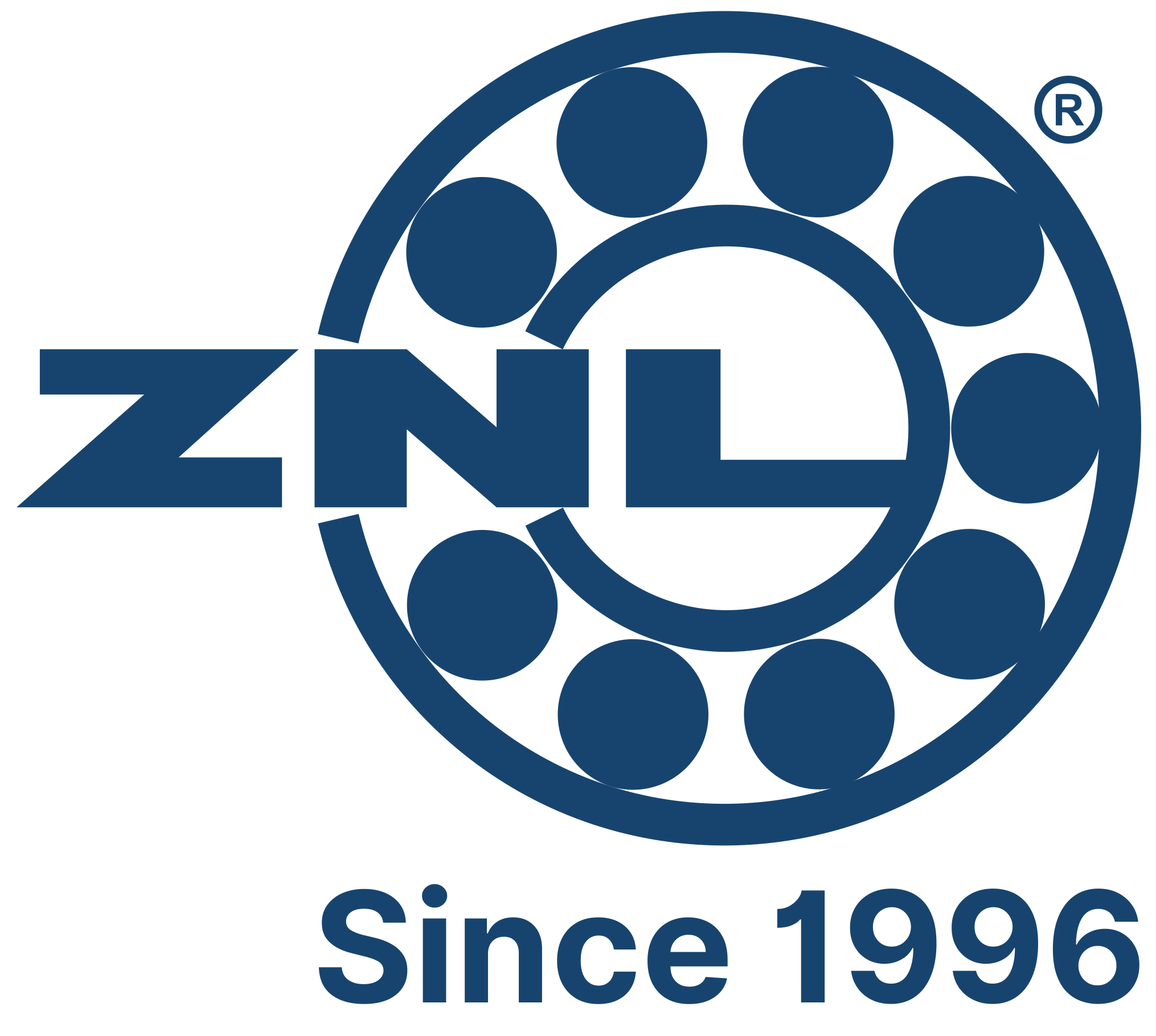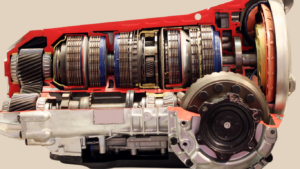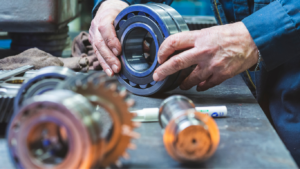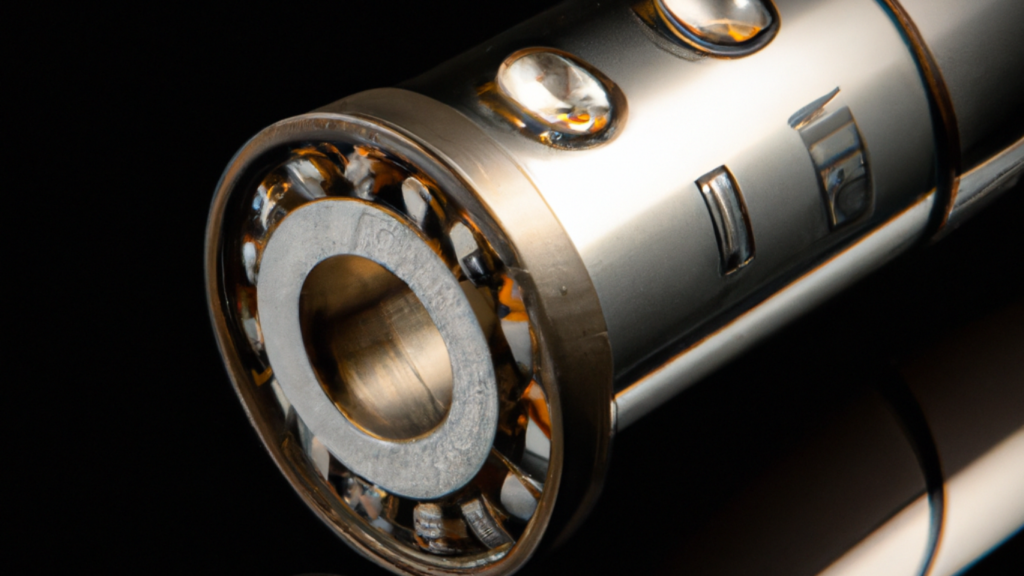In the world of machinery and industrial equipment, bearings play a pivotal role in ensuring smooth operations. They bear the load, facilitate motion, and minimize friction, thereby extending the lifespan of rotating machinery components. However, like any mechanical component, bearings are susceptible to wear and failure over time. To mitigate the risks associated with bearing failure and ensure optimal performance, proactive monitoring and detection techniques are indispensable.
Bearings Failure Detection Techniques
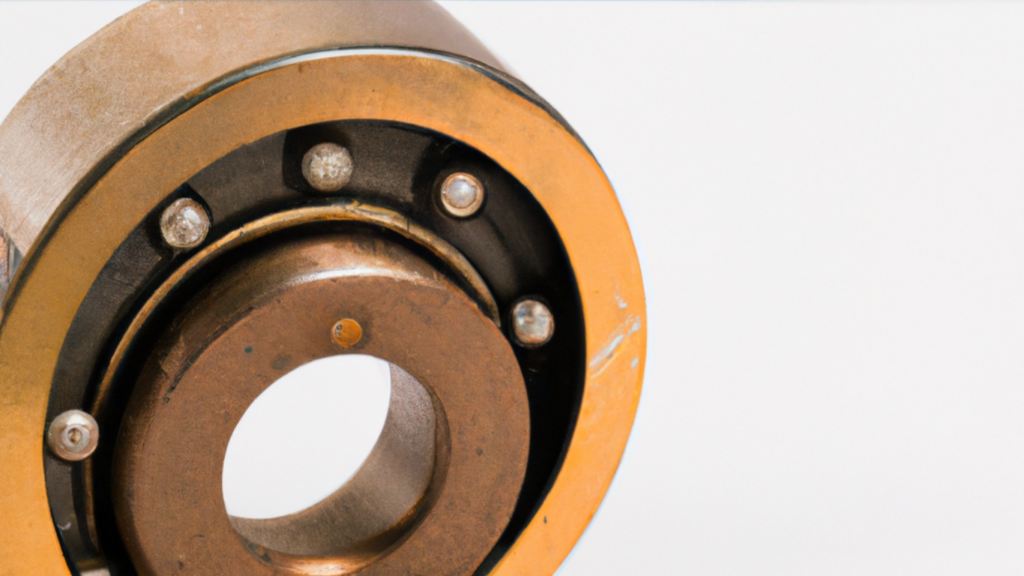
ZNL Bearings, a leading name in the realm of bearing manufacturing and solutions, recognizes the critical importance of bearing health for the efficiency and reliability of industrial operations. With a commitment to innovation and excellence, ZNL Bearings continually explores advanced techniques for bearing failure detection to empower industries with robust solutions. In this blog post, we delve into some of the key bearing failure detection techniques championed by ZNL Bearings for enhanced performance and reliability.
1.Vibration Analysis:
Vibration analysis is one of the most widely used techniques for detecting bearing faults. By monitoring the vibration signatures of rotating machinery, engineers can identify abnormal patterns indicative of bearing defects such as misalignment, imbalance, or early-stage bearing failure.
2.Thermography :
Thermal imaging or thermography is another valuable tool for detecting bearing failures. By capturing infrared images of equipment during operation, thermographic cameras can detect temperature variations associated with friction, lubrication issues, or bearing faults. ZNL Bearings leverages advanced thermography technology to identify overheating bearings and potential failure points, allowing for proactive maintenance and preventing catastrophic breakdowns.
3.Oil Analysis :
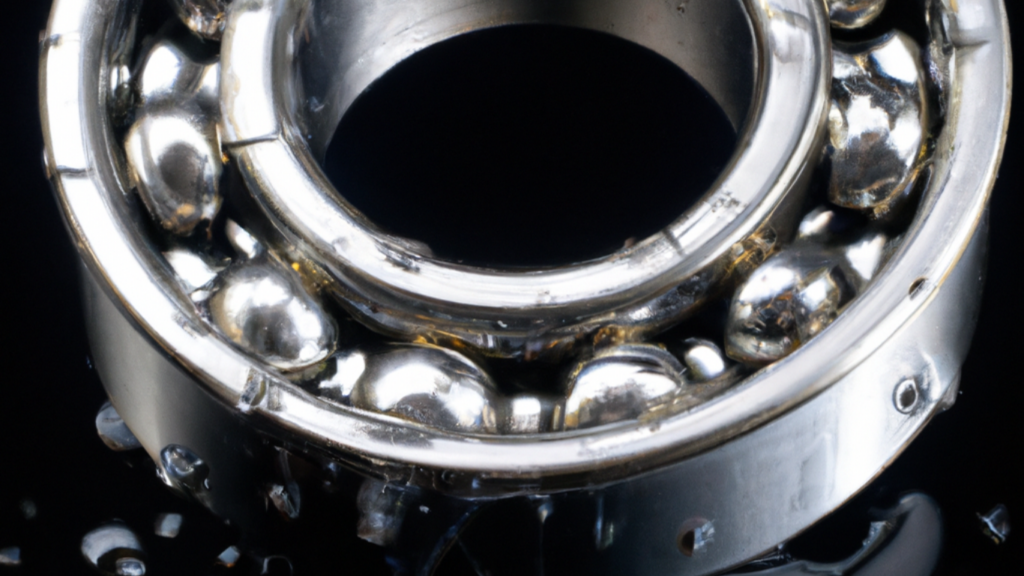
Lubrication is vital for the smooth functioning of bearings, and monitoring the condition of lubricating oil can provide valuable insights into bearing health. Oil analysis involves examining oil samples for contaminants, wear debris, and chemical properties that can indicate impending bearing failure.
4.Acoustic Emission Monitoring:
Acoustic emission monitoring involves capturing and analyzing the ultrasonic signals emitted by bearings during operation. Changes in acoustic emissions, such as increases in amplitude or frequency, can signify the onset of bearing deterioration or impending failure.
5.Condition Monitoring Systems:

Comprehensive condition monitoring systems encompassing multiple techniques, including vibration analysis, thermography, oil analysis, and acoustic emission monitoring, offer a holistic approach to bearing health management. ZNL Bearings specializes in developing custom condition monitoring solutions tailored to the unique requirements of diverse industrial applications, empowering organizations to optimize equipment performance and reliability.
Conclusion
In conclusion, effective bearing failure detection techniques are indispensable for ensuring the longevity, reliability, and efficiency of industrial machinery. By embracing advanced monitoring technologies and proactive maintenance strategies, organizations can mitigate the risks associated with bearing failures and unlock new levels of performance. ZNL Bearings stands at the forefront of bearing innovation, offering cutting-edge solutions and expertise to empower industries worldwide in their quest for operational excellence.
To learn more about ZNL Bearings’ comprehensive range of bearing solutions and failure detection techniques, visit our company page or contact us.
